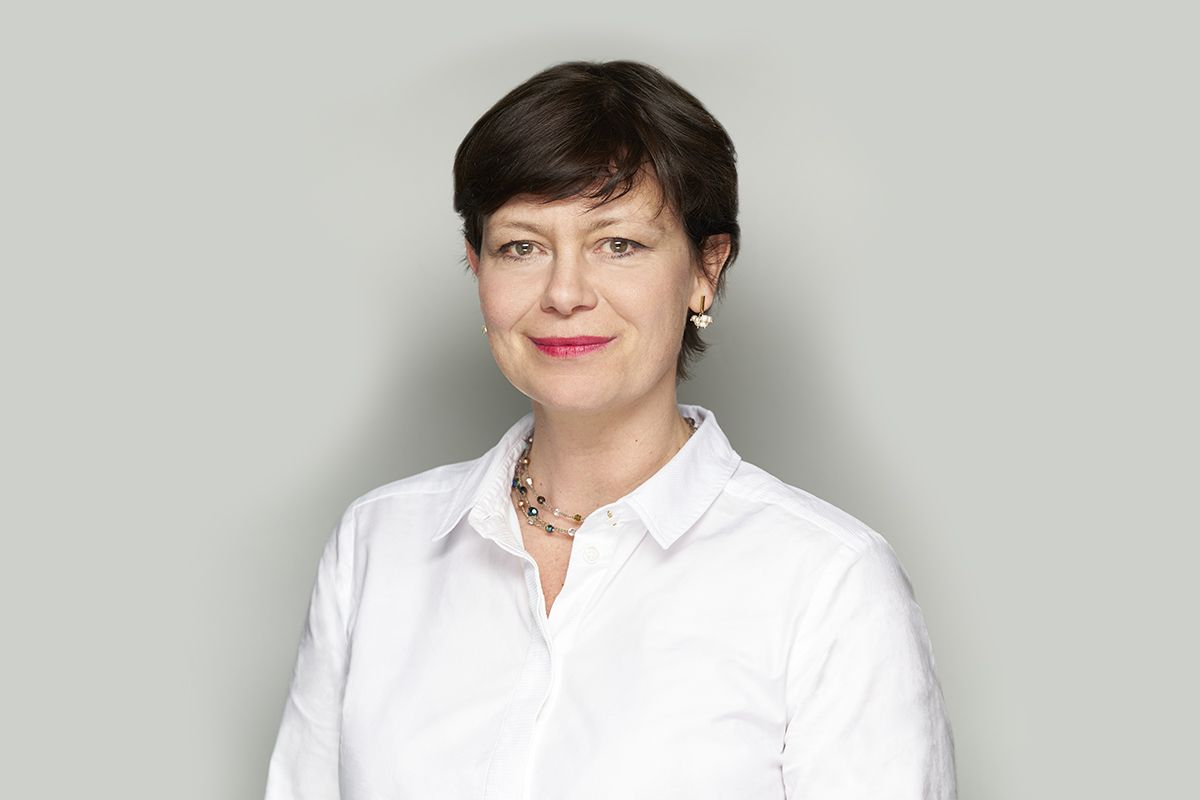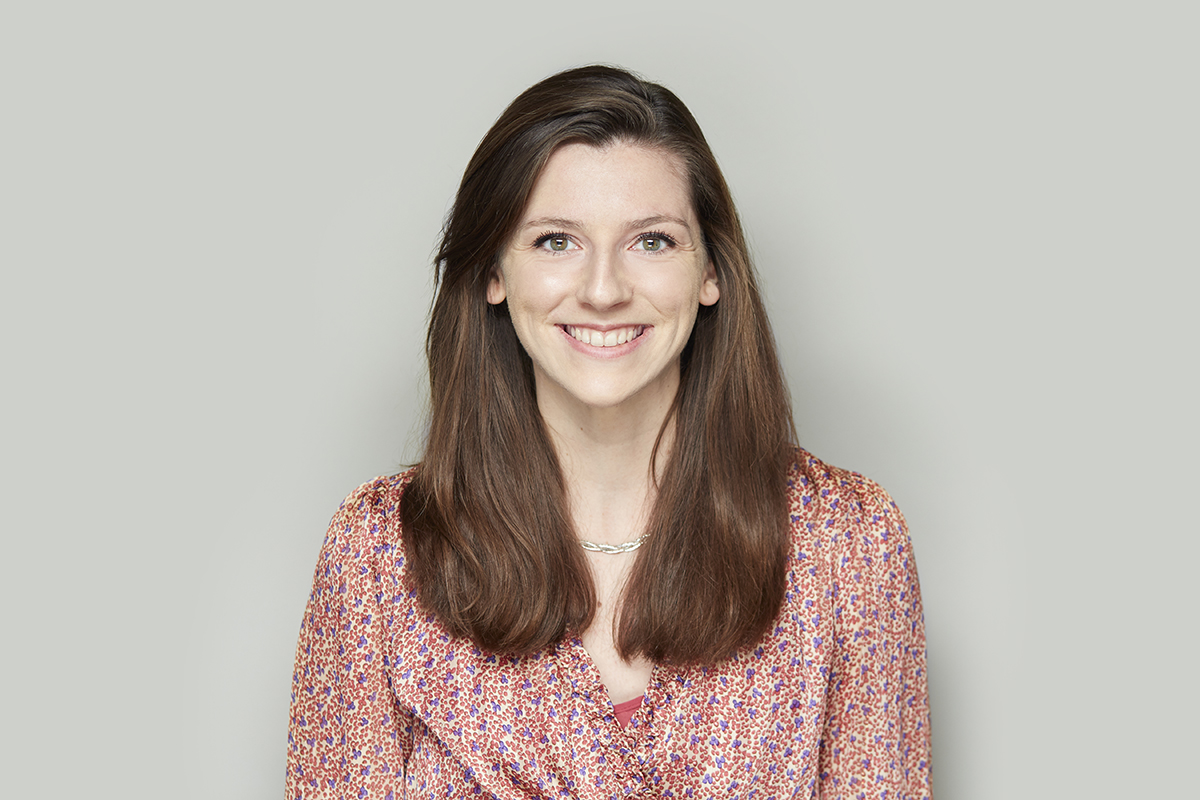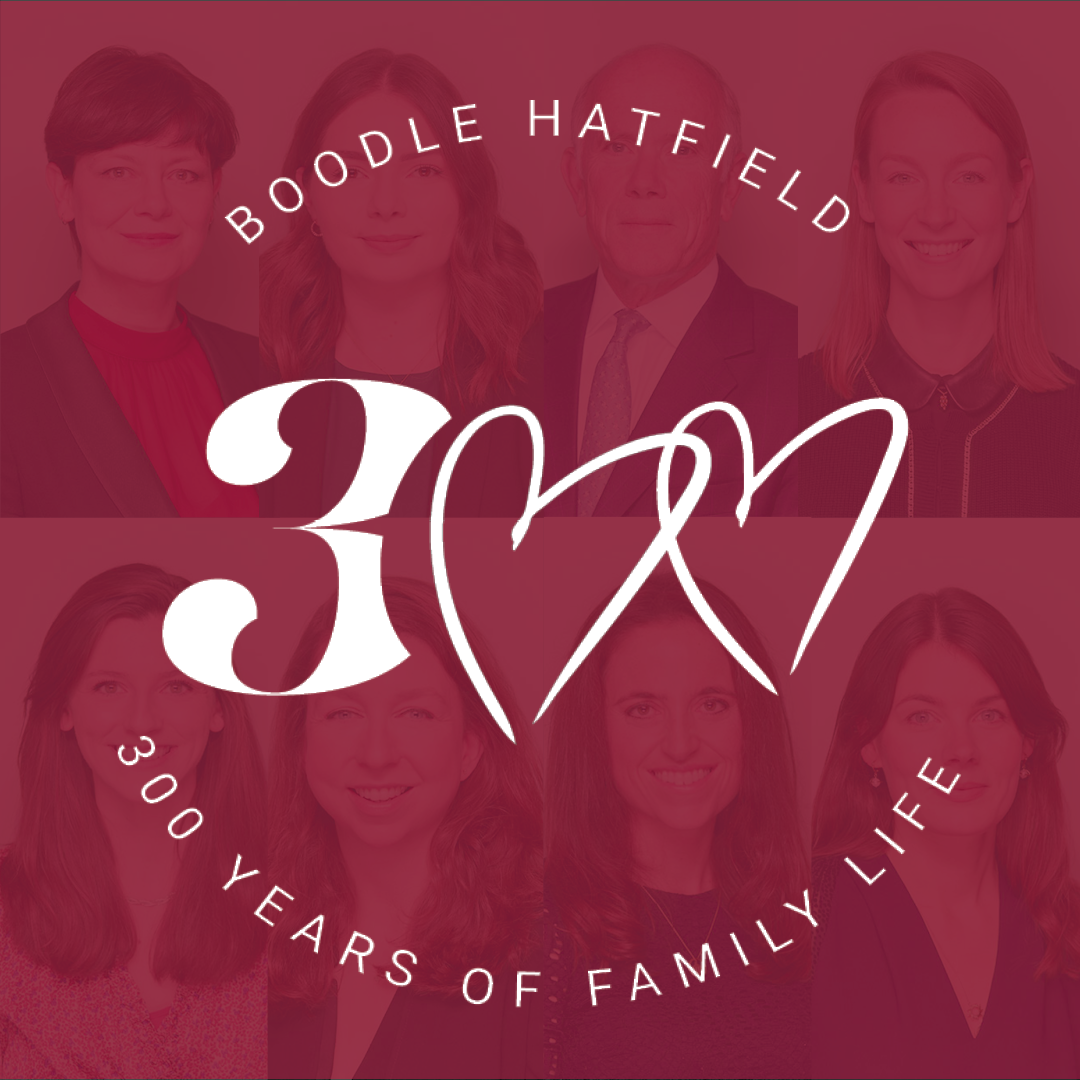Founded in 1722, law firm Boodle Hatfield has a long and illustrious history. To celebrate, on 11 May 2022, Boodle Hatfield's renowned family law team held a diverse and illuminating panel discussion around modern relationships, love, sex and marriage.
Hosted by ‘Naked Attraction’ TV presenter, Anna Richardson, the panel comprised evolutionary anthropologist, Dr Anna Machin, Christ Church Southwark’s Revd John Henry, psychosexual and relationship psychotherapist, Silva Neves, and influencer, writer, musician (and proud non-binary Northerner), Tom Rasmussen.
The evening centred around what drives our relationships; looking back on the societal and legal changes since the firm was founded and considering whether the institution of marriage will continue for the next three hundred years – and, if so, in what format.
The event opened with an introduction from Family Law Partner, Emily Brand, who set the scene with a precis of the ever-changing laws regulating marriage and love in the UK. She walked the audience through the history of marriage from the Clandestine Marriage Act of 1753 to the introduction of no-fault divorce last month. She questioned whether progress is always linear, particularly in today’s turbulent times, where women potentially face renewed hardship around abortion rights in the US. Ultimately, as Anna Richardson commented, “Love is something that we all experience”. As lawyers, we must reflect on what role the law and the Family Courts should have both by responding to changing social norms and by potentially shaping the next 300 years.
Does marriage still have a place in modern society?
The panel’s first question was whether they considered the institution of marriage to be broadly redundant. Machin began by describing the origin of ‘romantic love’, which was “dreamt up by the Victorian poets”. This, in turn, is imposed by society onto “a biological relationship – a reproductive relationship, essentially”. She went on to explain that there is no such thing as a monogamous species, with marriage originally introduced as a way to homogenise and regulate society. As a ‘display’ species, she argued, we embrace the tradition and ritual of marriage, although the tension between biology and cultural expectation can often cause problems within relationships, which family lawyers see play out on a daily basis.
Neves reasoned that marriage is so embedded in our culture that adult life can often be seen as a ‘conveyor-belt to marriage’. In his experience, the expectation of marriage and how partners define what it means to them can either help or hinder their relationship. He argued that “marriage is outdated now and people need to understand about a more modern version of marriage, because of all the choices we have now we can be a bit more creative with it”.
Rasmussen, themself in a queer polyamorous relationship (and engaged to marry their primary partner), considered the complicated experience of the queer community towards marriage; on the one hand, having been excluded from the institution until only seven years ago, there was a willingness in some spheres to embrace and participate in what had been ‘won’, while on the other hand, there was a sense that participation in such an institution was to partake, to some extent, in social injustice. They noted that the legal documentation pertaining to marriage did not provide for ‘they/them’ pronouns and, as a consequence, they said; “I feel protected by being polyamorous, protected from being fully recognised by the state. It feels like I can play it my own way”.
Henry commented that, linguistically, Greek offers both ‘eros’ (an exciting, attraction-based love) and ‘agapē’ (a giving, faithful and sacrificial love). For him, “Principles such as covenant, commitment, stability and sacrifice, are important and precious, because they are linked to the idea that love, fundamentally, is actually an act of will, as opposed to just a feeling”. This idea feeds in to the discussion surrounding attachment theory and how we express love to one another. For him, the real question is “How will we learn about what is fundamental about human beings that gives some structure to the diversity that we’re seeing? What are the underlying rules of human nature?”
The broad consensus suggested that marriage in some form still has a role to play in modern society but to navigate this relationship successfully, spouses would have to define (and re-define) their respective and joint expectations and to communicate effectively with one another as their relationship evolved. In order to adapt their relationship over time, partners would need to review their life-long promise and adjust their expectations accordingly. In other words, a regular ‘relationship-MOT’ should be deemed essential.
From a legal perspective, certainly there are modern trends and practices that sit outside the current framework, posing some interesting questions: will we see the development of legal protections for individuals and offspring engaged in polygamous relationships, or those in long-term platonic relationships? When will they/them pronouns appear on legal documents? Will “others” ever be included in a legal marriage in this jurisdiction? And pertinently, do we really want all aspects of marriage or relationships to be legislated?
Education has a major role to play
While viewpoints on the drivers of love, marriage, and religion differed, there was wide-ranging consensus that there is a lack of education for young people in the UK as to what a healthy long-term relationship looks and feels like.
As lawyers, there is a tendency to focus on the ‘common law marriage myth’ – although it was clear from the discussion that education about the implications of marriage could also be beneficial – both from an emotional wellbeing / healthy relationship perspective but also about the legal implications. As one audience member commented, “we take financial advice when getting double glazing, but not when getting married”.
Indeed, practitioners will often encounter an expectation that a spouse will walk out of a marriage with what they came in with, and even with what a spouse has ‘made’ along the way. As lawyers are aware, this is rarely the case, with overarching judicial analysis of the ‘fairness’ of any financial settlement. With women’s liberation, there has been a move away from the traditional expectation of financial commitments of a marriage (think of ‘dowries’) to a partnership of financial equals (even allowing for the gender pay gap, there are increasing numbers of dual-income families) – will this misplaced expectation become even more common without broader education of the legal implications of marriage?
The panel also looked at how expectations of traditional gender roles can still affect marriages, and Neves discussed how this often causes problems in the relationships that he sees every day. In light of the expanding nature of femininity and roles available for women in modern society, he considered that, conversely, men were stuck in a more restrictive box of ‘masculinity’ which had not developed and expanded at the same rate. He often encountered partners dealing with the friction this could cause.
The panel moved on to discuss the notion of radical acceptance and the understanding that every committed relationship involved actively choosing the “whole person”. Often, it is indeed a person’s flaws and not their perfect self that we fall in love with. Machin supported this with evidence from her research into AI. She said that the only way to recreate a humanoid robot is to introduce flaws, as these are fundamentally part of what makes us human. So, is accepting each other’s flaws the path to true, authentic love, rather than simply ‘swiping right’ until we find what we think will be our ‘perfect partner’?
Equally, in a world where technology and social media teach us how to “present”, as opposed to experience and live, how can people navigate this artificial social construct when it comes to developing relationships in the real world? Should society encourage young people to embark on healthy relationships by moving away from the idea of ‘happy ever after’? Certainly, Machin argued that the romantic “narrative does not necessarily prepare us for the difficulties of long-term relationships”.
Where do we go from here?
From this discussion, it is clear that it is human nature to want to be loved in some capacity – whether by our friends, our romantic partners or by our family. Education and open communication appear to be the key to strong relationships, including, perhaps, an acceptance that the defining measure of the success of a relationship is not solely the length of its duration.
In our ever-changing society, there are many lessons for us to learn – what can monogamous relationships learn from polyamorous? Is there a case for ‘beta-marriages’ which are designed to only last in the short-term? Will platonic co-parenting replace the traditional model of a conventional marriage and 2.4 children? Rasmussen commented that in their experience there were “way more languages of love and ways to love in the queer community; chosen family, platonic relationships, sex with friends – there’s something to be looked at there”.
Our love for one another and how we express it continues to develop with changing societal norms and could look very different in another three hundred years. What remains certain, as the last 300 years have shown, we are living in a human experiment and we can expect continuing evolution as the law catches up with the expanding notions of partnership and parenting.
This article appeared in the Thought Leaders 4 HNW Divorce magazine – Issue 9 on Saturday 18 June. Download a copy of the magazine here and a PDF of the article here.



